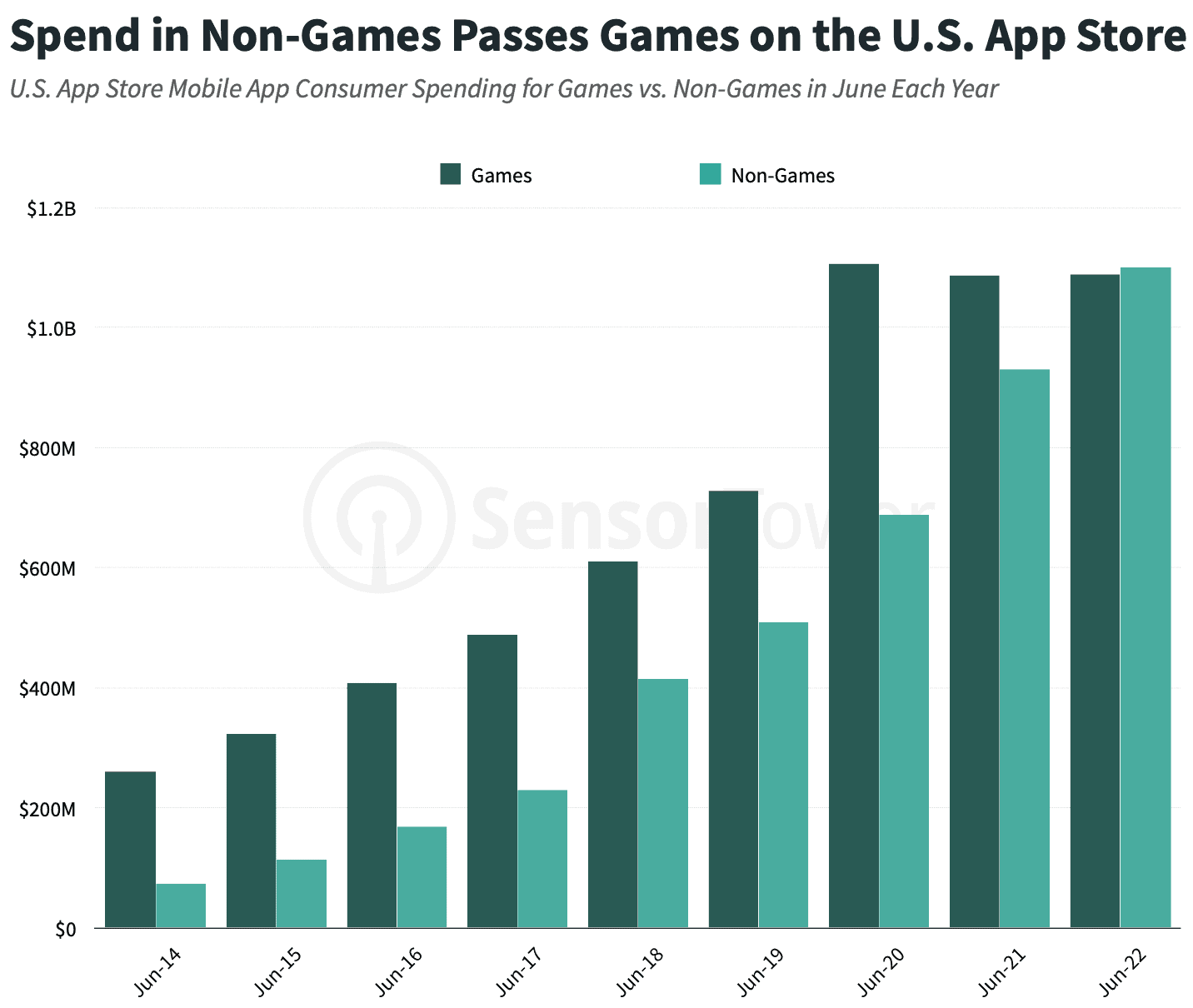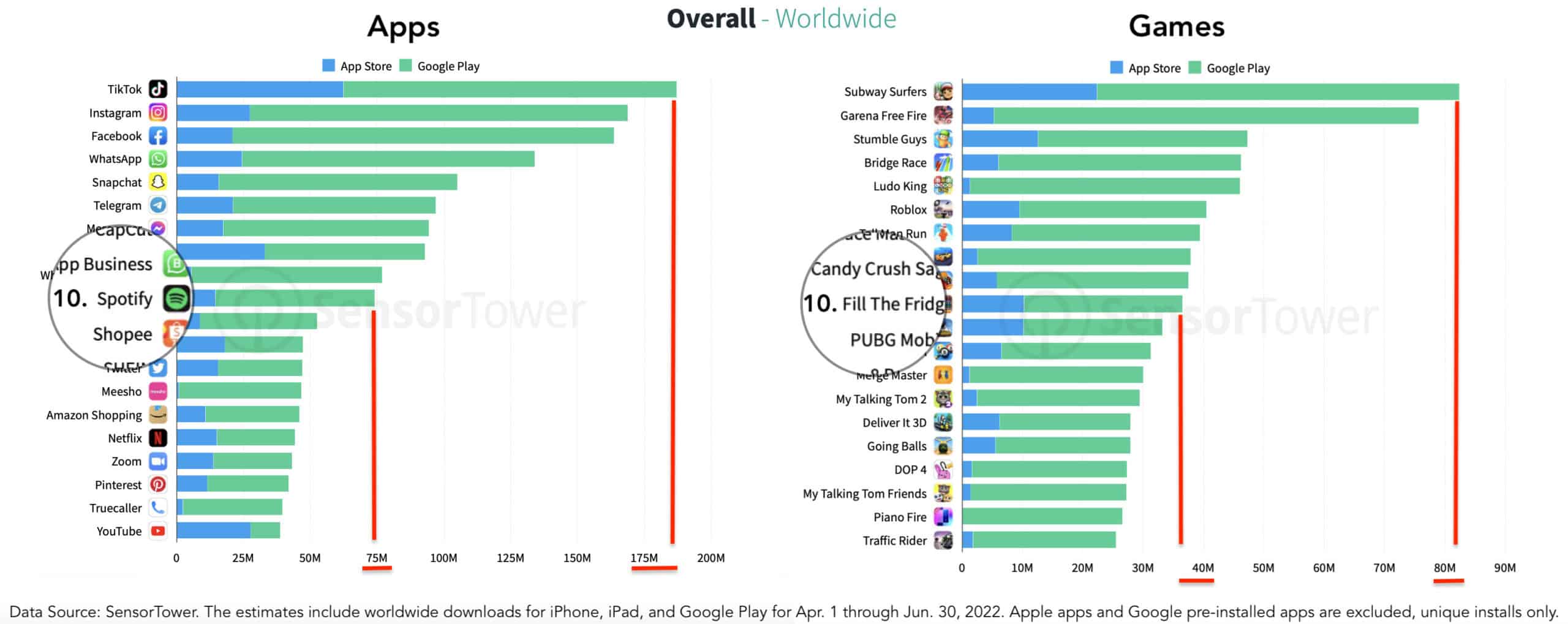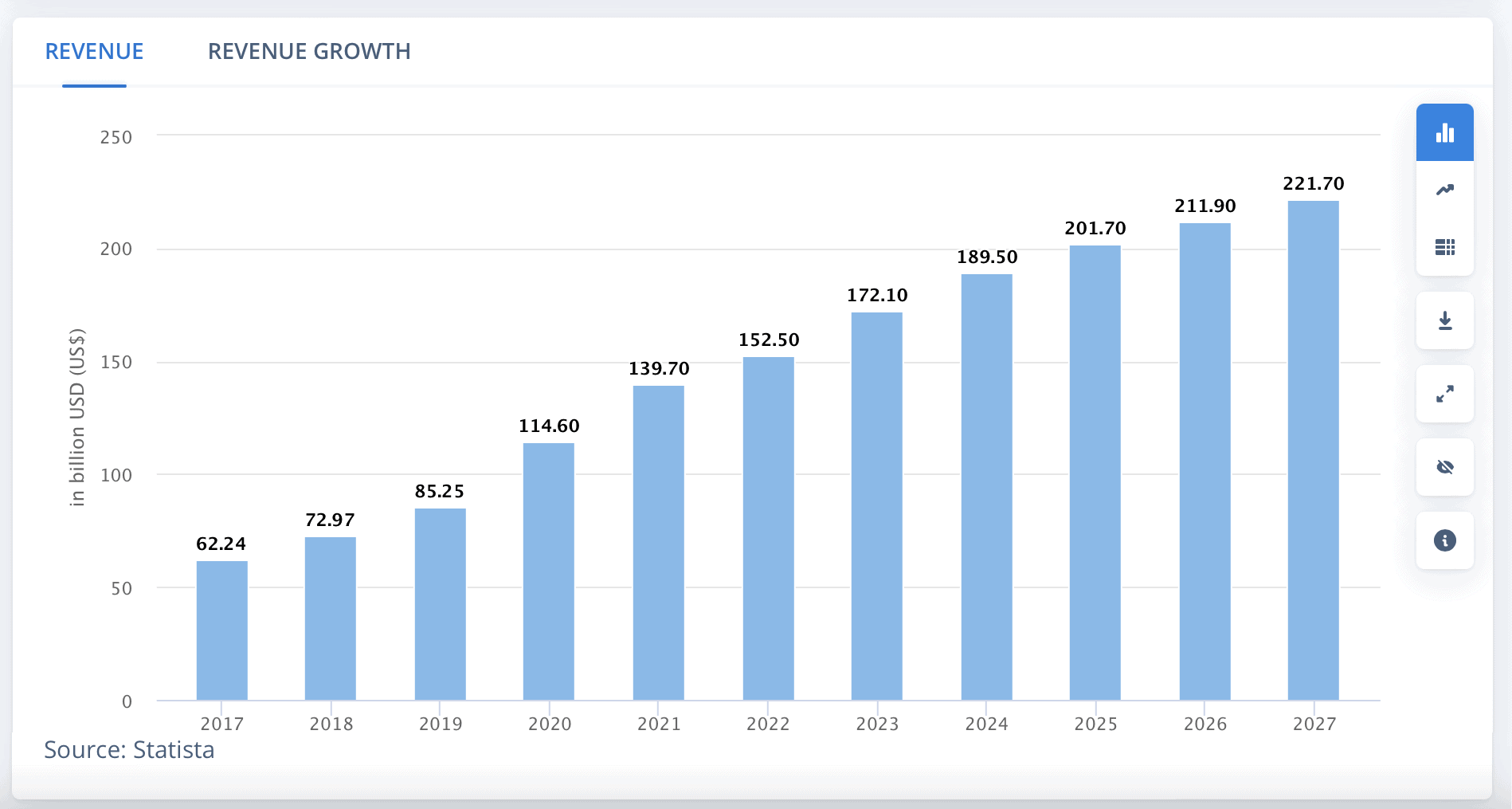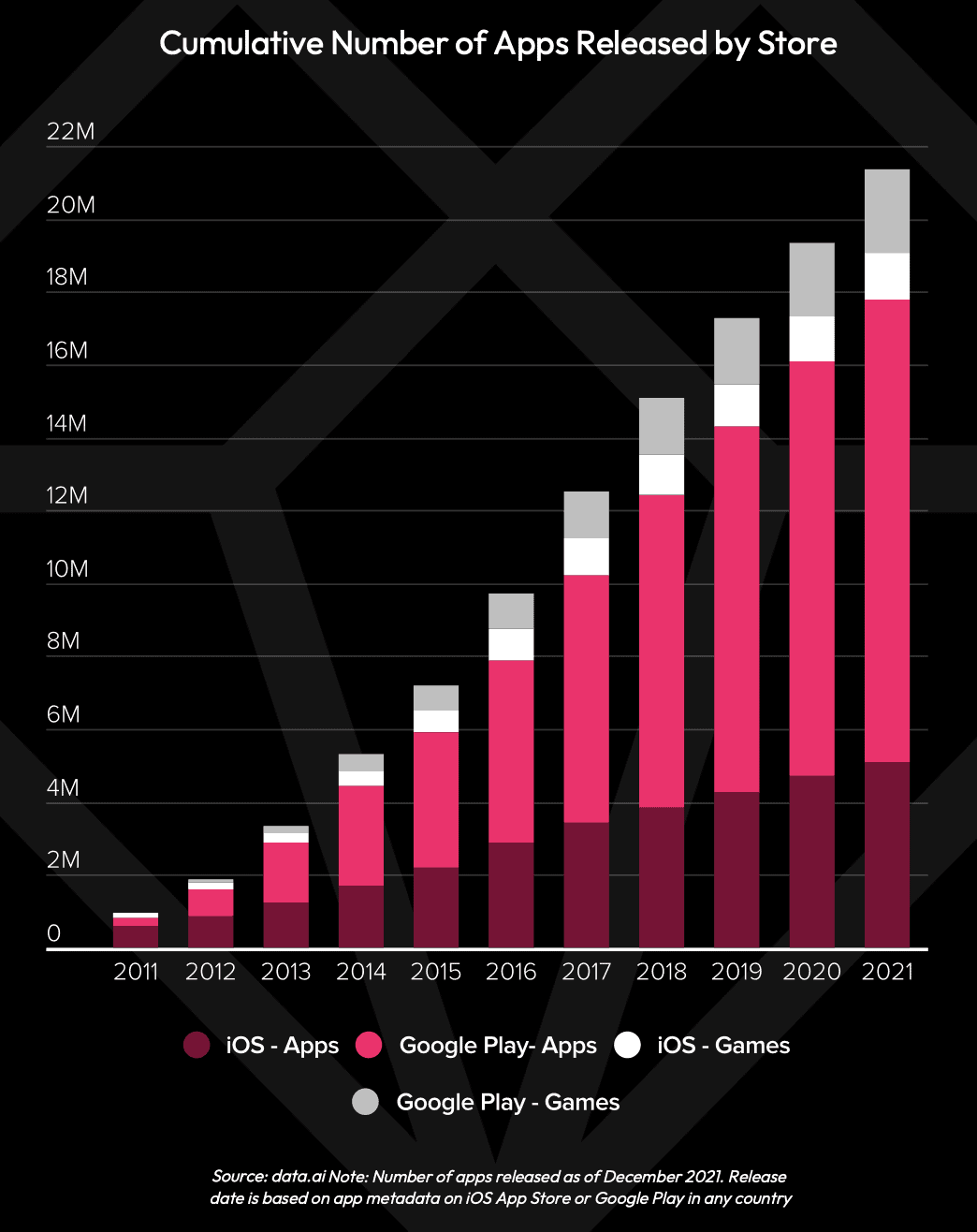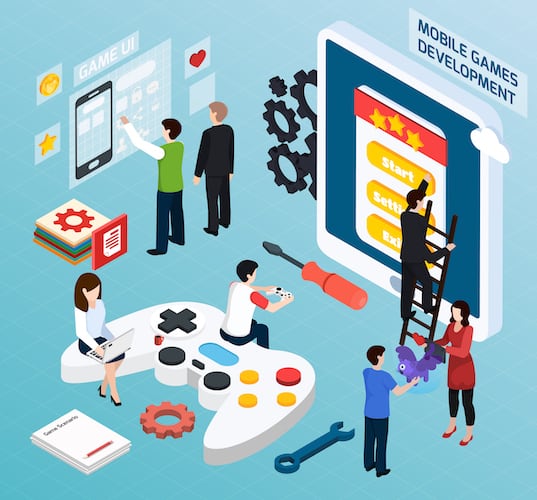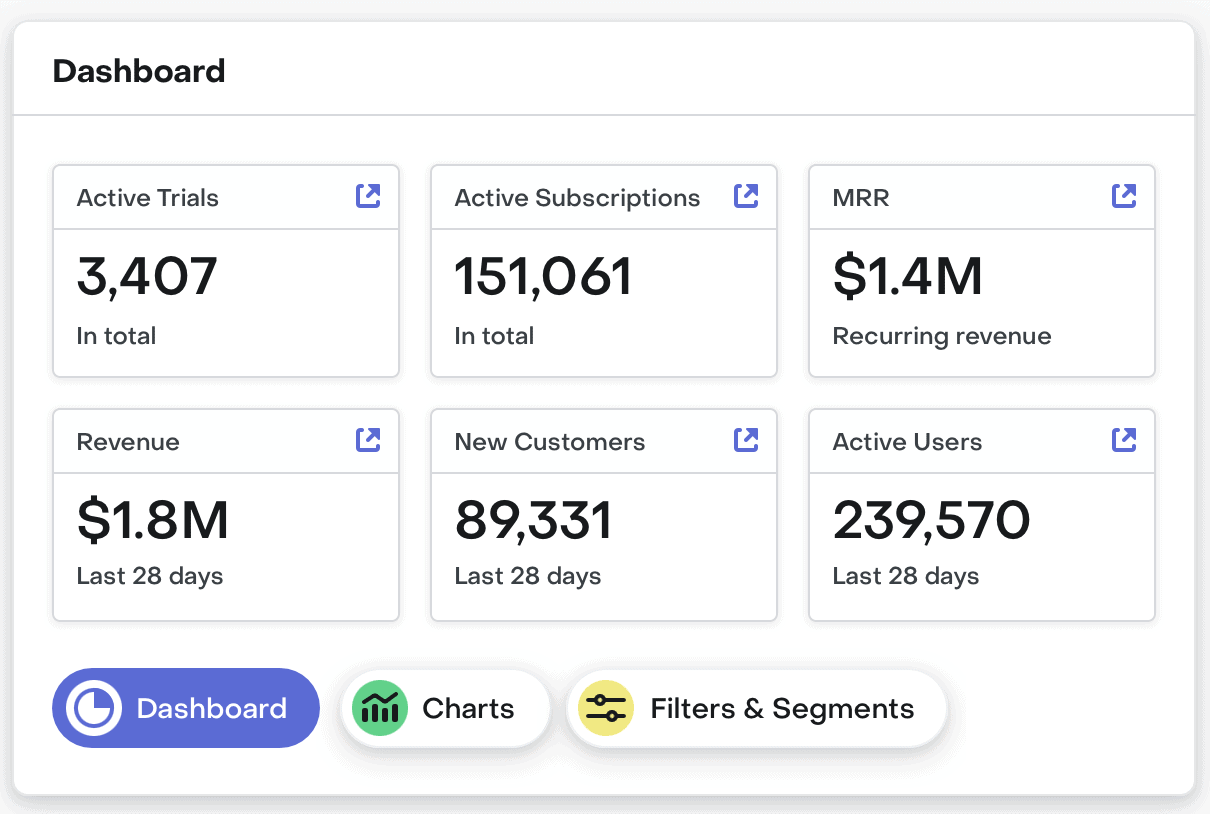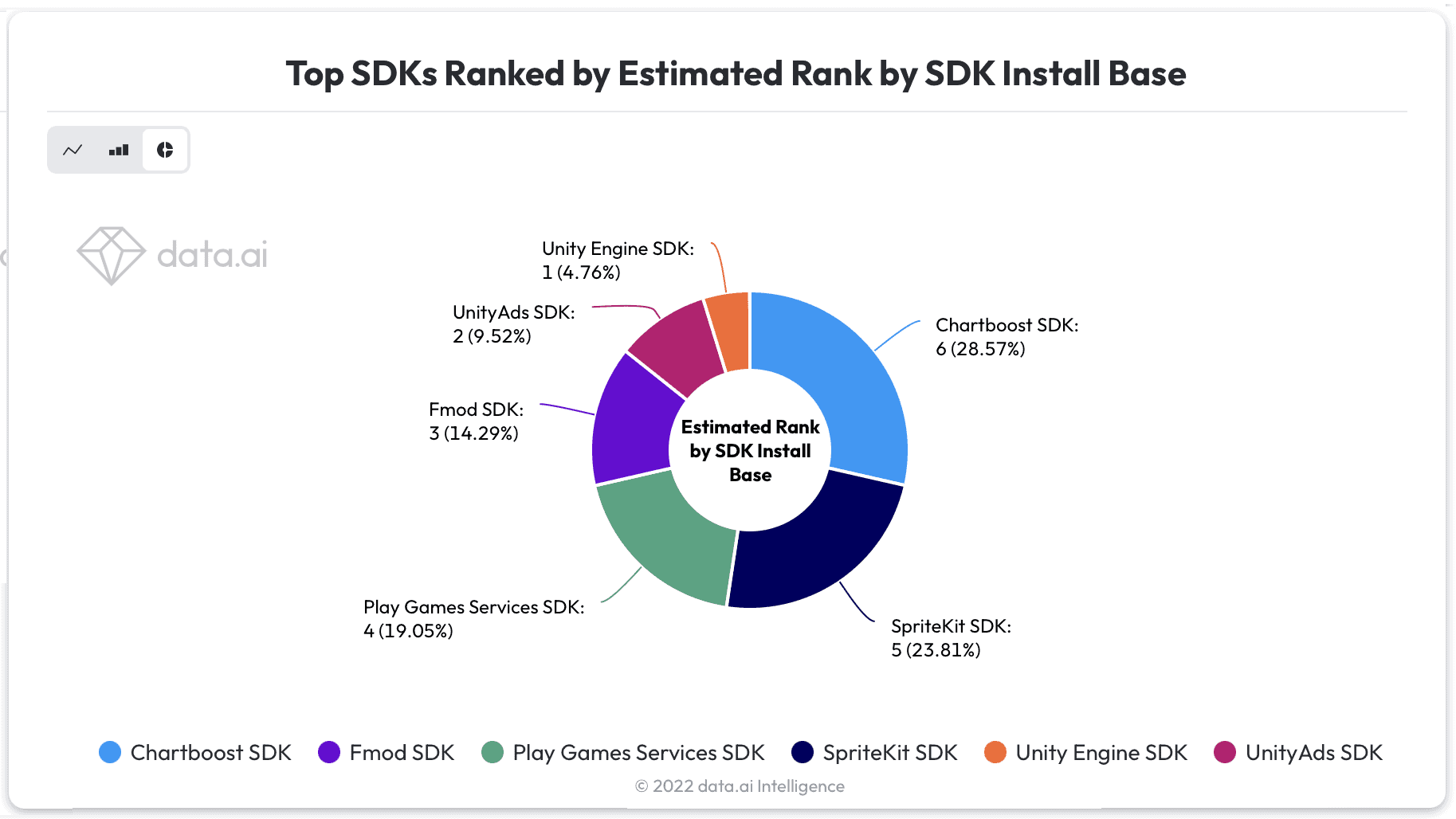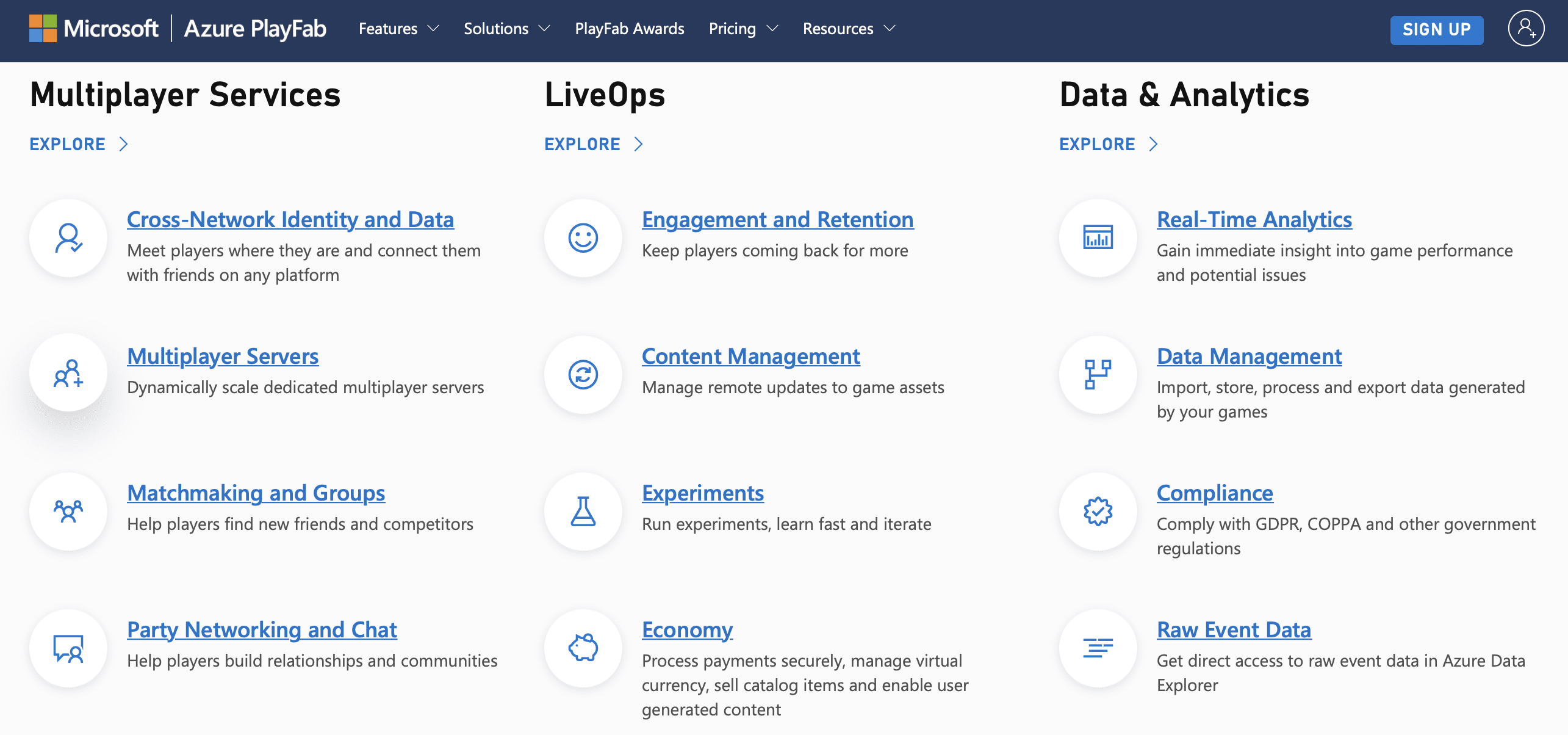Why do we play games? I think there are at least three good reasons:
- to kill time and socialize
- to get a sense of achievement
- to abstract away from reality
In today’s turbulent times, with failing economies and strained international affairs, mobile games promise that quick fix of dopamine we all crave. I bet people will keep spending more on tapping screens.
Here’s another bet for you. If you answer yes to all three questions below, I win, and you gulp this blog in one go to learn a general framework of how to make a game app for smartphones and tablets. If you respond with a no, I lose, and you save ten minutes of your time.
- Have you ever uninstalled a mobile game because the sucker was too hungry for your time?
- Do you wonder how Candy Crush Saga makes millions of dollars every month?
- Do you want to make your own game app?
If you’re still with me, let’s discuss how mobile games are made.
Key Takeaways:
- The first thing you need to know if you’ve decided to create a game app is it’s a risky endeavor. You only have one shot, and you must take great care of every minute detail down to the App Store listing from the get-go. It’s tough to win players back after an initial flop (more on how to avoid that below).
- Really successful mobile games are SaaS in disguise. Players either pay a monthly subscription or get their monthly dose of happiness by consuming ever-growing in-app content.
- Fortunately, today’s mobile-game technologies resemble Lego bricks. You don’t need to develop a game app entirely from scratch. Instead, you can pick and integrate with off-the-shelf solutions, for example, to create a back end (that users never see or care about, but that needs to be secure, scalable, and 99% uptime).
Table of Contents
- Mobile Gaming Apps Market Overview
- 8 Steps to Create a Game App
- Types of Gaming Apps
- Features of a Gaming App
- Monetization Strategies of a Gaming App
- Tech Stack to Make a Game App
- How Much Does It Cost to Develop a Game App
Mobile Gaming Apps Market Overview
Mobile games have become ubiquitous; there’s no denying that. They are fun, exciting, and incredibly time-consuming. I think mobile gaming applications were the main incentive for Apple to introduce the Screen Time feature to help customers claim their time back a little.
According to one of the recent studies by Future, U.S. players spend 1.5 hours per day playing mobile games. That’s a decent chunk out of 5.4 hours per day on average on the phone right there.
If you check the top-grossing apps on the App Store right now, at least 50% of the top 100 are gaming titles. Surprisingly, even though consumers download mobile games less often than other mobile apps, games still account for 50% of spending on the U.S. App Store.
Image credit: Sensor Tower (all rights belong to Sensor Tower Inc.)
- 38M — 80M downloads for the top 10 mobile gaming titles
vs.
- 75M — 180M downloads for the top 10 mobile apps (in Q2, 2022)
Image credit: Sensor Tower (all rights belong to Sensor Tower Inc.)
The sheer number of categories for games in the Google Play Store and the App Store gives away their prominence: 19 game-specific genres vs. 22 categories for regular mobile apps. There are as many gaming types as “normal” mobile application flavors.
Speaking of the revenue-generating potential, games on smartphones can be real powerhouses. Consider taking into account the economic momentum of mobile gaming software when you build a game app. According to Statista:
- revenue is projected to reach $153B in 2022
- the number of users is expected to rise to 2.3B by 2027
- user penetration will be 23% in 2022 and is expected to hit 29% by 2027
- most revenue will be generated in the U.S. ($41B in 2022).
- the average revenue per user (ARPU) is projected as $87 in 2022.
Image credit: Statista, (all rights belong to Statista Inc.)
The competition is fierce, of course. In 2021 alone, publishers launched 300,000 new mobile titles.
Image credit: data.ai Intelligence, State of Mobile 2022 (all rights belong to data.ai Inc.)
The most popular genres (by downloads) include hyper casual games, runners, simulators, shooters, and entertainment apps for small children. And in terms of consumer spending, the leaders are:
- strategies
- RPGs
- casino
- shooters
- sports
I’m sure you’ll find more gems in specialized reports by reputable companies such as data.ai and SensorTower.
Drilling down into different categories and subgenres, spotting the trends in various markets will be essential as you step onto the mobile game app development path. Because that’s where you begin this journey. That said, let’s dive straight into discussing the gamedev steps.
8 Steps to Create a Game App
Let’s say you have an idea for a game. I don’t know what it is yet, so let’s use my old idea that goes back to when I was a corporate pen pusher. It’s going to be a fighting title (think caricature Street Fighter) where you’re the main character who needs to beat down your colleagues, including bosses (CEO, HR, and management, apparently?), to win and break away from the corporate matrix.
The main feature is using photos of yourself and your peers on fighting avatars. They will look like mini caricature versions of yourself and your colleagues.

[As a side note, I thought such a gaming app could help corporate desk jockeys like me vent work-related stress. If they started sharing replays of kicking their boss’s buttocks (challenging peers to join), the title could go viral… Walking on thin ice here for our experiment, but CEOs tend to have a good sense of humor, right? By the way, feel free to steal the idea because you’ll soon learn the trick in mobile game development is more about execution than an idea itself.]
Anyways, we have the idea. How do we make it into a super engaging gameplay experience?
Step #1: Research — to build or not to build
Without boring you to death, you’ll still need to research whether such a game can find its audience in the current market. So, we’d have to:
- check the top trending action games and see if there’s anything similar that’s getting any traction
- ask all our friends and colleagues about the idea; ask anybody who can spare two minutes of their time
- review Kickstarter and similar platforms to see if someone is already running a crowdfunding campaign to make such a game
That’s one direction of our research. As you can see, we’re trying to gauge potential interest before we start a gaming app. However, that’s only half the job. We also need to check whether mobile platforms have the technologies to produce the desired gameplay:
- can we have more or less realistic faces on characters?
- how do we speed up onboarding, so the user doesn’t have to upload a bunch of photos to start playing?
- what back-end platform will work best for rapid scaling?
- which social networks should we integrate with?
Finally, we should also consider some “regulatory” requirements:
- do we need to make the blood green or apply anime filters to photos (so that Apple accepts the app into the App Store)?
- can we get away with mild fighting techniques, e.g., avatar using a keyboard or potted cactus?
The answers to these and similar questions will move us closer to developing a fantastic mobile game app. Let’s say we’ve discovered that:
- people will appreciate a mobile game like this
- the AI tech will help with creating realistic avatars
- we’ll replace the blood with funny exclamations
- we’ll replace violent fighting moves with absurd wrestling stunts
Where do we go from here? How do we build a mobile game app based on our findings?
Step #2: Game design — a carcass of the gameplay
At this point, we will need professional help from a game designer. It’s someone who lives and breathes mobile games and can spin any idea into a feasible gameplay.
Among other things, a game designer will work on a game design document detailing such things as:
- characters
- themes
- mechanics
- overall story
In our case, they would think through whether we want 2D or 3D characters, the mechanics of fighting moves, the general setting for the game, the sound and music elements, and many other things. In other words, they frame our mobile game idea into tangible requirements for the product.
Now, you’d think that with a game design document ready, we could just hand it to developers and ask them to put the game in code. However, that’s too soon for that.
Step #3: A proof of concept — is this playable?
If you read our blogs, you already know that design comes into play pretty early in app development. However, that’s not exactly the case with mobile games.
First, we need to make sure that the game will be fun and that its gameplay is feasible. In our case (by the way, let’s call our title Frenemies), the most critical elements are characters resembling real-life people and combat.
That’s right, we ask the team (I’m assuming you’ve already teamed up with a gamedev studio at step 2) to design a single character with a swappable face so we can upload different photos and see how the character looks.
There are a few things we’ll be checking here:
- how long does it take to apply a photo to an avatar?
- does the character resemble a caricature version of a real-life person?
- are there any limitations to portraying a character as it moves?
Please note that there can be a few iterations during this step. For example, once we’ve figured out characters, we’d have to try animating at least a couple of wrestling moves on two characters. If this looks like fighting, and it’s fun, we’re on our way to becoming millionaires.
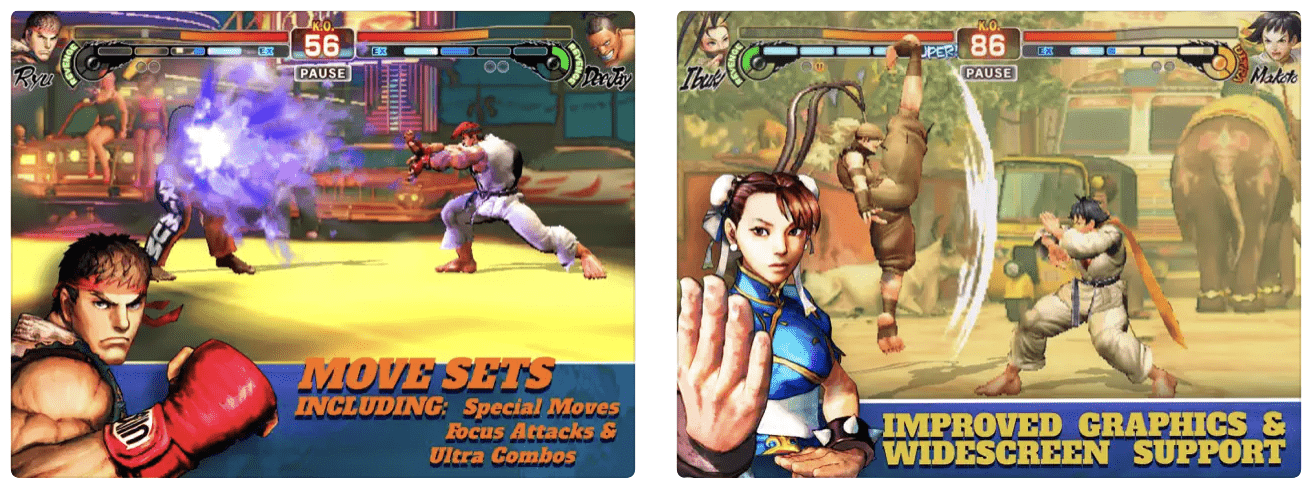
So, we have our proof of concept. What now? Well, please pay attention because the following three steps will be taking place all at once — just different people working on various components of the game:
- graphic design
- sound design
- good old coding
Let’s cover what happens during each of these stages as we continue to create a phone game app.
Step #4: Graphic Design — forging visual glory
Designers start by creating sketches for characters, environments, etc., and keep iterating on them from low-fidelity to high-fidelity imagery. We might need several design engineer flavors on a project like us:
- concept artist
- 3D modeler
- front-end designer
- technical artist
Basically, at this point, we already have the main asset — a character we created for the proof of concept. Therefore, the team works to fill the rest of the blank spaces, including the scenery, menu, and intro.
Another thing designers need to do is create the rails to easily add new designs in future updates. For example, we might want to immerse the player into Google’s or Apple’s corporate worlds. So, the design templates created at this stage must be easy to modify.
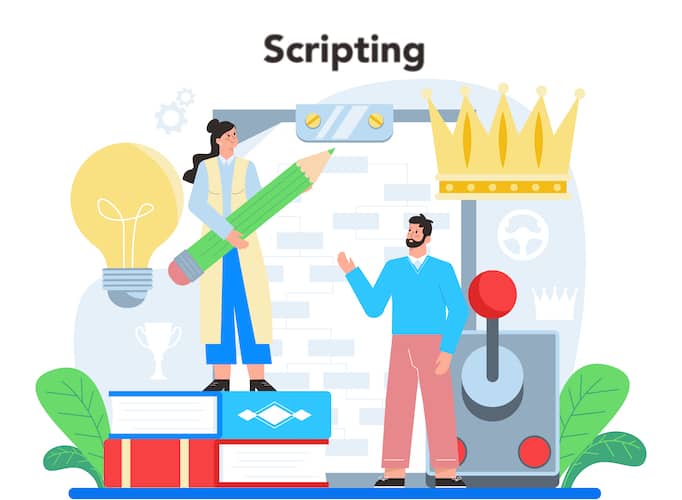
For story-driven gaming titles, scripting is an essential part of development process
Step #5: Sound Design — adding another dimension to the game
Music and sounds are crucial elements of any gameplay. That’s why we absolutely need a sound engineer who can pick appropriate tunes and sound effects for our fighting game. Fortunately, we don’t have to compose music because it’s pretty basic from this perspective. However, major game titles do enroll composers to help create a captivating gaming experience.
Step #6: Coding — blending all the pieces together
As you’re well aware, coding is done by software developers. There can be different devs on the project — front-end engineers, back-end, etc., but they all have something in common.
Software developers are the people who push back when we come up with a new feature, for example, asking to add a cryptocurrency because we now think it’s fun to punch crypto tokens out of our opponents and then trade them on exchanges.
Seriously though, this is just a reminder of why we had steps 2 and 3. I mean, sure, we can add tokenomics to our title, but it will take longer and increase the dev budget. We’ll also need to sync with steps 4 and 5.
Developers work closely with the design and sound teams. They also get feedback from QA engineers, who are busy testing each new iteration after every sprint. To clarify, developers put together something testable every two weeks to help catch bugs and issues early on.
To sum it up, when programmers develop a mobile game app, they blend together the game engine, design assets and 3D graphics, sound effects, and all other artifacts created by the team.
Related: How to Create a Minimum Viable Product
Step #7: Release — time to pop the champagne
After a proof of concept and multiple iterations of development, we finally arrive at having an MVP version of Frenemies that is ready for a public launch. We will need to upload the game to the App Store and Google Play and populate the listings with enticing video previews and imagery.
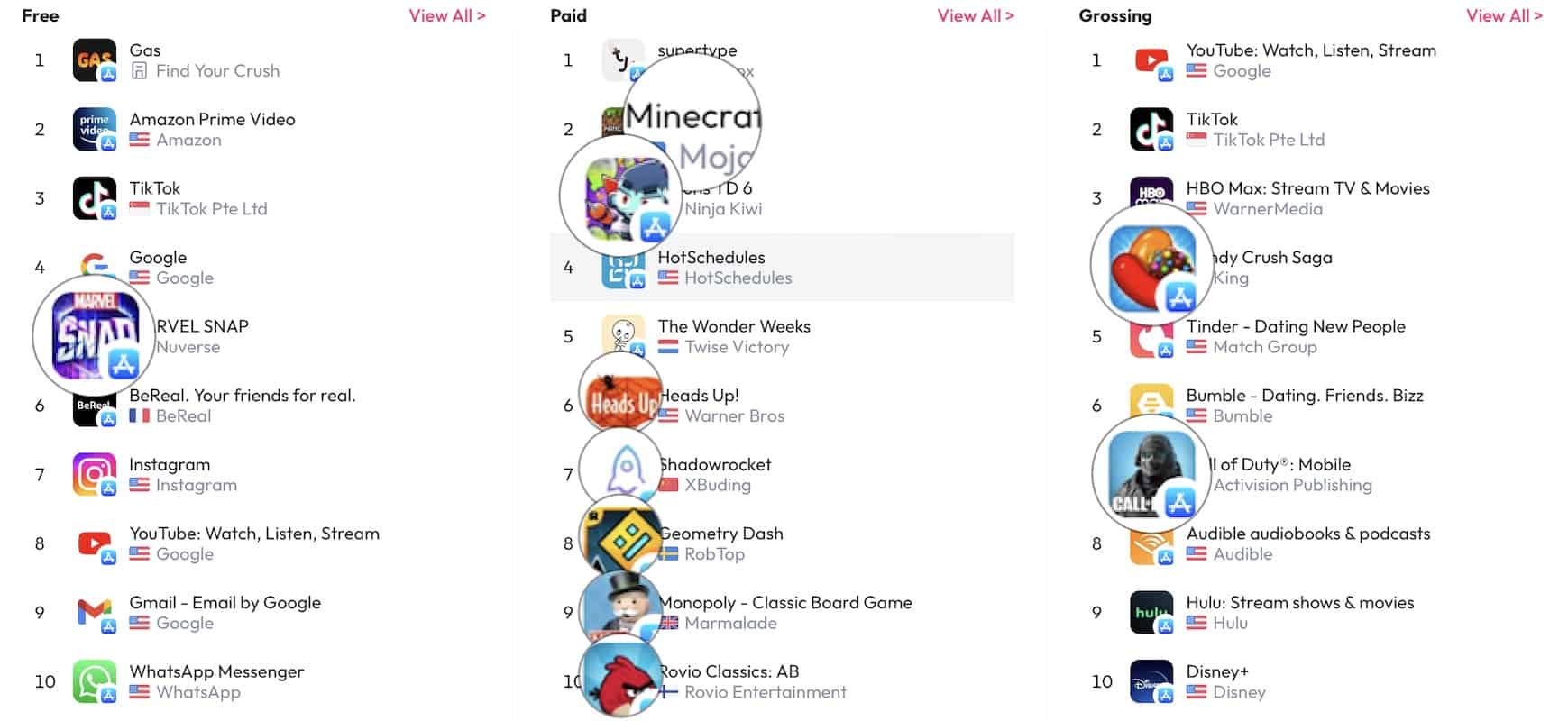
One caveat here is that we may first release for a small audience to test the gameplay and catch random bugs. This will help us approach the main scene while being less vulnerable and looking for max adoption.
Step #8: Maintenance — where do we go from here?
Even though launching a game is pretty exciting, the real fun starts now. We get to see how players explore the game, where they have issues, what new content they need, which monetization options they prefer, etc.
That’s when the game starts to live its own life, growing with updates, new skins, settings, themes, characters, etc. However, to collect all necessary data to guide our updates, we need to integrate the game with corresponding analytics services (e.g., Kochava) during the coding step.
Just as we’re diving into the thrilling world of game app creation in this blog, did you know we’ve also got a fantastic piece where we explore how to build a learning app? That’s right! We even delve into the fascinating realm of gamification techniques, drawing parallels between the two that might just inspire your next big app idea.
Types of Gaming Apps
When you think about a game app idea, it may be beneficial to look at it through different lenses, trying on various categories. After all, the Frenemie game we discussed doesn’t have to be an action-fighting game. It can also be an adventure, puzzle, strategy, or RPG.
In this regard, I suggest you learn game categories that broadly define all possible types of gaming apps in the App Store and Google Play:
| the App Store | Google Play |
Games:
Kids:
|
Games:
Family:
|
As you can see, there’s quite a lot to choose from.
As for the most popular game genres, action and casual games are in the lead, closely followed by racing and puzzle games. Please note, however, that I’m saying that based on analyzing the top-performing games for Q2 2022. And this landscape should be pretty dynamic. Although checking in on data from 2019-2021, I can confirm that the top appearing game genres were still hyper casual and shooters (aka action titles).
So, our pick with an action category was spot on.
And remember that on the App Store, you can choose up to two game subcategories. At the same time, Google Play offers one category and up to five additional tags per game.
Features of a Gaming App
Ok, it’s bizarre to talk about must-have features for a mobile game simply because each game is unique and relies on its game mechanics to keep players engaged.
At the same time, if you look at the most popular games, you will notice a few repeating elements with a unique look and feel but similar functionality. For our example, we may find it helpful to add the following features when we make game applications:
- social features like leaderboards, sharing, gifting lives to friends, etc.
- notifications (hyper-important but easy to overdo)
- consumables and various paid bonuses (those sweet in-app purchases)
- menu with settings (along with the user profile and other stuff players don’t really care about)
- tutorials
Then, based on your game specifics, you might also find useful:
- geolocation
- augmented reality / virtual reality
- music/voice recognition
- accelerometer
Games tend to use our phones’ capabilities to the max in terms of harnessing their built-in sensors and software features. Still, we must use these features wisely, putting the player’s experience front and center.
Monetization Strategies of a Gaming App
Monetization options when you create a game app for mobile phones aren’t much different from typical mobile software. You can choose to make money from:
- mobile ads
- in-app purchases
- pay-to-download games
- subscription tiers
- a combination of these strategies
Traditionally, in-app ads were preferred on Android and in-app purchases on iPhone. Today, all top-grossing mobile game applications use a mixture of advertising and in-app purchases to rake in millions of dollars. Gamers can download such applications for free and start spending once they are inside a game.
Titles sitting at around spot #100 in top-grossing games can make anywhere from $500K to $2M per month. And the top performers make a whooping $40M per month.
Image credit: Sensor Tower, App Intelligence (all rights belong to Sensor Tower Inc.)
When choosing a monetization strategy, you can choose to implement solutions like RevenueCat, which help you quickly add different options to monetize your game. More importantly, you can use services like these to A/B different strategies and pick the optimal setup.
Image credit: RevenueCat‘s homepage (all rights belong to RevenueCat, Inc.)
When deciding on how to make a mobile game app with best-performing ads, you can choose from different providers, for example:
- AdSense
- AdMob
- TapJoy
- AdColony
I’d probably stick with full-screen video ads to earn lives and allow players to continue playing while also adding in-app purchases for removing ads and buying consumables that make the gameplay more fun (various “weapons” like a stapler or fax machine, etc.).
Also Read: How to Monetize Your Application
We might also run simple promos tied to holidays and other notable events to drive more engagement.
Tech Stack to Make a Game App
When it comes to choosing technologies for a game, we need to zero in on choosing a fitting game engine. And there are plenty of such engines on the market, for example:
- Fusion
- RPG Maker
- Unity
- Unreal
- Cocos2d-x
To create a gaming app that’s fun to play, we need to pick an engine ideally suited for our gameplay. For example, in the case of Frenemies, I’d prefer to go with something like Unity because I’d like to have 3D characters. We could also add augmented reality features later while spending less time.
The programming languages of our choice will be Swift and Kotlin because we want to stick with native technologies.
Image credit: data.ai Intelligence (all rights belong to data.ai Inc.)
Another alternative, if you don’t want to tinker with coding, is to use a no-code (or low-code) game development platform like GDevelop or GameMaker. These game-building platforms offer a drag-and-drop user interface and require no coding skills to make a gaming app.
Besides choosing a game engine, we should also consider if the game will need to integrate any of the mobile platforms’ native APIs — Metal for iOS and the rest of Apple’s ecosystem and Android Game Development Kit / Game Mode for Android game apps.
Also Read: How to Choose a Tech Stack for Your Application
Another point to consider is the back end. Your game will need servers to store players’ data, leaderboards, and on-demand downloadable data, among many other things. Fortunately, we can pick from quite a few options to avoid building our game’s back end from scratch:
- PlayFab
- Amazon Lumberyard
- Firebase
- GameSparks
These platforms not only remove the hurdle of managing CI/CD pipelines (to streamline development and fasten time to market) but also include analytics services, multiplayer options (critical for online game apps), and other out-of-the-box components often sought after by game developers.
Image credit: Azure PlayFab’s homepage (all rights belong to PlayFab, Inc.)
Here’s a little secret: your game dev partner should advise on the appropriate tech stack for building a game app after reviewing the game design document. In a nutshell, only the gameplay must define the best-fitting technologies for creating game apps.
How Much Does It Cost to Develop a Game App
Millions — easily. Word on the street is that it took Blizzard somewhere between $40M to $60M to develop Diablo Immortal. However, that’s a triple-A game title with looots of evergreen content and options.
Frankly, budgeting a mobile gaming software project is different from identifying app development costs for SaaS or regular mobile applications.
I remember talking to a CEO of a gamedev studio, who shared that they would only consider starting development with $100,000 or a bigger budget. Of course, that was like 10 years ago. So, given the inflation and increased competition, I think we’re talking at least the $200K — $300K range for a decent mobile game.
At the same time, indie developers manage to start on meager $60K-$80K budgets and find success and enough profits to keep improving their gaming software. That’s typically true for casual games, though. Any effort to make an app game with 3D graphics and any physics will end up north of $100,000.
Fortunately, people spend on mobile games, too.
Also Read: Custom Mobile App Development Guide
Anyways, don’t let these numbers scare you. If you want to create a game application, for example, a casual game, to entertain or educate your patients or want to upgrade your app with engaging AR/VR experiences, get in touch; we’ve got the skills.
Frequently Asked Questions
What's the number one advice for anyone toying with the idea of making a mobile game?
Set aside at least 40% of all your budget for marketing needs. Without advertising, your title is going nowhere, like literally nowhere. Any indie developer breaking into Apple’s or Google’s charts is pure luck and extraordinary gameplay with innovative mechanics. The competition is fierce.
Would you say games take longer to develop than apps?
Yes. Think of all the content, including the story, you need to create an immersive world.
What's the latest trend with mobile games?
Oh, there’s so much, really. For example, Apple allows you to sell NFTs (the latest crypto frenzy) as long as they don’t unlock some in-game items. But that’s a good way to advertise an NFT marketplace, right?
How do I ensure my game is successful?
There’s no telling this. One thing you can do is release to a small audience to test things out, even when you have a complete game. That way, you can iron out any quirks and maybe update the gameplay before releasing it to the masses. You will generally have one go. The rest is up to your marketing limitations and the talent of an advertising team you partner with.
How long does it take to create a mobile app?
6 to 9 months for a casual game or an AR/VR title and up to a year or more for something more complicated like a 3d shooter or a strategy.
